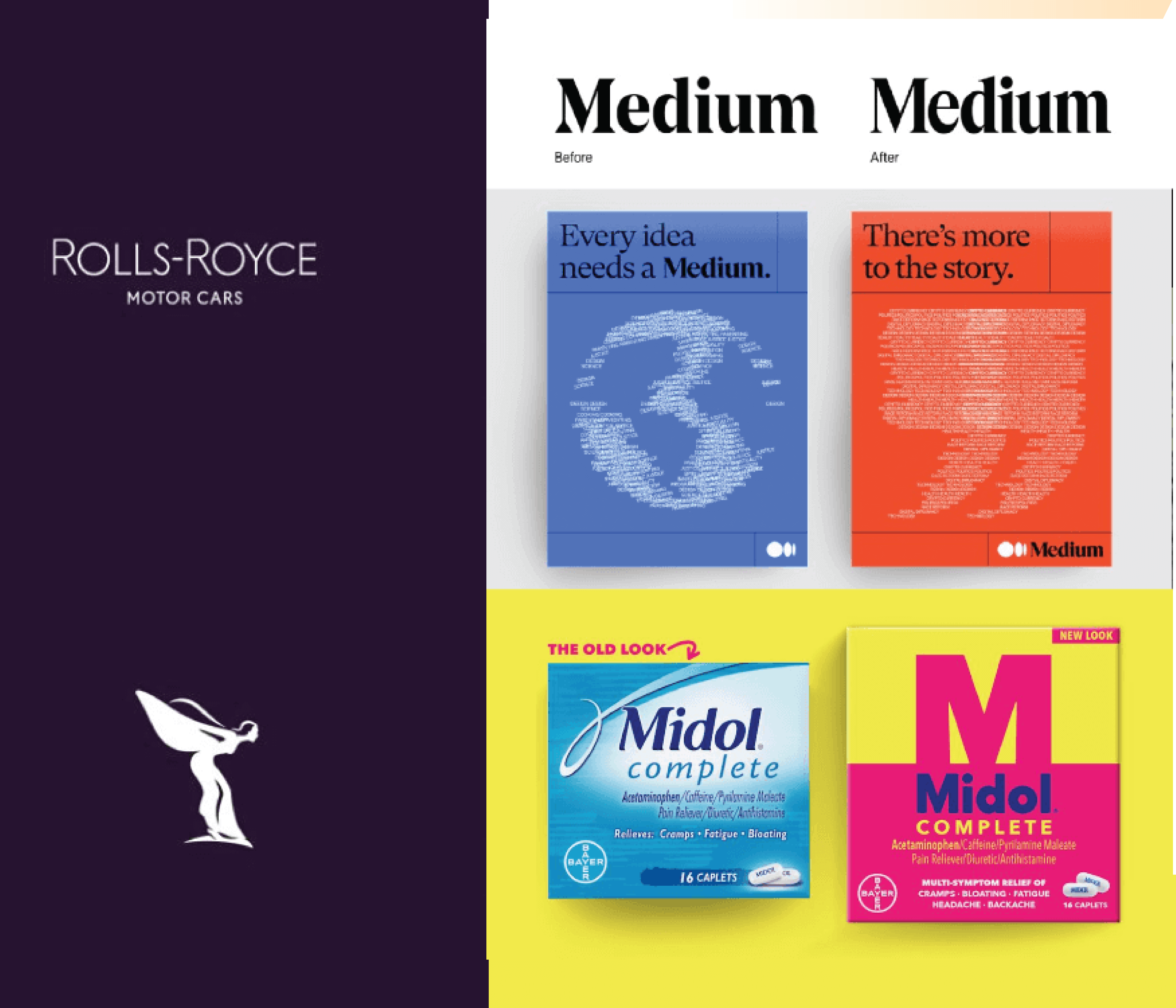We are leaving the era of traditional SEO and expanding into the era of GEO (generative engine optimization). As LLMs become a significant source of leads (particularly for deeper funnel prospects), you need to make sure GEO is included in your marketing strategy. The only problem? GEO is an emerging area with a lot of unknowns.
Yes, that feels scary. But, as Romain Doutriaux (Head of Marketing at Sifflet) pointed out on our Best Story Wins podcast, it also means there are a lot of opportunities for marketers willing to experiment strategically.
If you’re looking for ways to integrate GEO into your existing SEO (without abandoning your current efforts), here are the key ways Romain suggests you shift your thinking—and your approach—to your strategy.
1) Be skeptical of anyone who claims to have GEO figured out.
According to Romain, if you’re seeing marketers on LinkedIn claiming they’ve “cracked the GEO code,” you might want to take that with a grain of salt.
As Romain points out, the landscape is still evolving rapidly, and what works today might not work tomorrow. Instead of chasing the latest “hack,” focus on understanding the fundamentals: what people are searching for and how you can build content to serve those needs. While the tactics and formats you use to deliver that information will evolve, having a deep understanding of your audience’s needs will help you weather those changes. With this foundation, you can approach GEO with a test-and-learn mindset.
That said, although it seems like things are changing every day, know that your existing SEO work isn’t wasted. As Romain points out, GEO also relies on good SEO, as high-ranking content is an indicator of credibility and trust. “All the work we’ve done in the past 10 years is not lost,” Romain says. “It just needs to be taken to a different level.”
This means continuing to focus on the SEO fundamentals—keyword research, technical optimization, quality content creation—while layering in new approaches for the generative AI era. At the end of the day, it’s all about balance.
Tip: Allocate a portion of your content budget to experiment with GEO efforts while maintaining a steady cadence of your current SEO content.
2) Embrace the return of old-school marketing tactics.
One of the most interesting findings from early GEO experimentation is that traditional marketing channels are influencing how brands show up in LLMs. For example, PR is experiencing a real renaissance. Mentions around the web are a huge authority factor for LLMs, meaning the more PR mentions you have, the more likely LLMs are to show your content. Romain says this also applies to community-building efforts on platforms like Reddit and other specialized forums, where active participation signals credibility.
It’s likely your brand participated in similar tactics a decade ago, so it’s time to revisit that activity and reimagine how it can boost your presence in LLMs today.
Tip: If you’re looking to increase brand mentions, platforms like Featured help connect journalists with experts, allowing you to submit quotes and increase your presence around the Web.
3) Create content that’s PR-compatible from the start.
Rather than treating PR as an afterthought, Romain suggests thinking about it at two levels.
- First, make sure PR is part of your activation strategy for every campaign.
- Second, create content that’s inherently newsworthy and PR-compatible from the beginning.
“Each time you’re designing, say, a lead magnet, people are gonna be willing to benchmark themselves on a given topic,” Romain says. “That helps you gather a lot of data that you can then very easily use to create a report or something that would be of interest for the press.”
This approach kills two birds with one stone: you’re creating valuable lead generation assets while developing content that can attract media attention and build the authority signals that both traditional SEO and emerging GEO seem to value.
Also, in an era of cookie-cutter AI content, identifying these types of stories is more important than ever.
Tip: Data storytelling is one of the best ways to produce original and newsworthy content, so when you’re brainstorming content campaigns, think about what data or insights you could gather from it that might be interesting to industry publications. Note: if you’re not skilled at uncovering the insights in your data, see our guide to data storytelling.
How to Stay Ahead in an Uncertain Landscape
The SEO/GEO transition is certainly causing growing pains for many companies, and it will be a while before there is steady ground here.
While it’s tempting to either ignore the changes or chase after every trend, the smartest path forward is to combine strategic thinking with experimentation and flexible frameworks.
Remember that attention is the scarcest resource in marketing today. Whether that attention comes through traditional search results, AI-generated summaries, or media coverage, the underlying challenge remains the same: creating content that genuinely provides value and stands out from the crowd. No matter how the GEO landscape changes, keep that goal front of mind, stay nimble, and stay informed. That is the smartest way to win.
On that note, you can get more of Romain’s insights on content strategy, SEO/GEO navigation, and building scalable marketing operations by listening to our full conversation on the Best Story Wins podcast. (And consider subscribing for more tips on how to win hearts, minds, and market share.)





